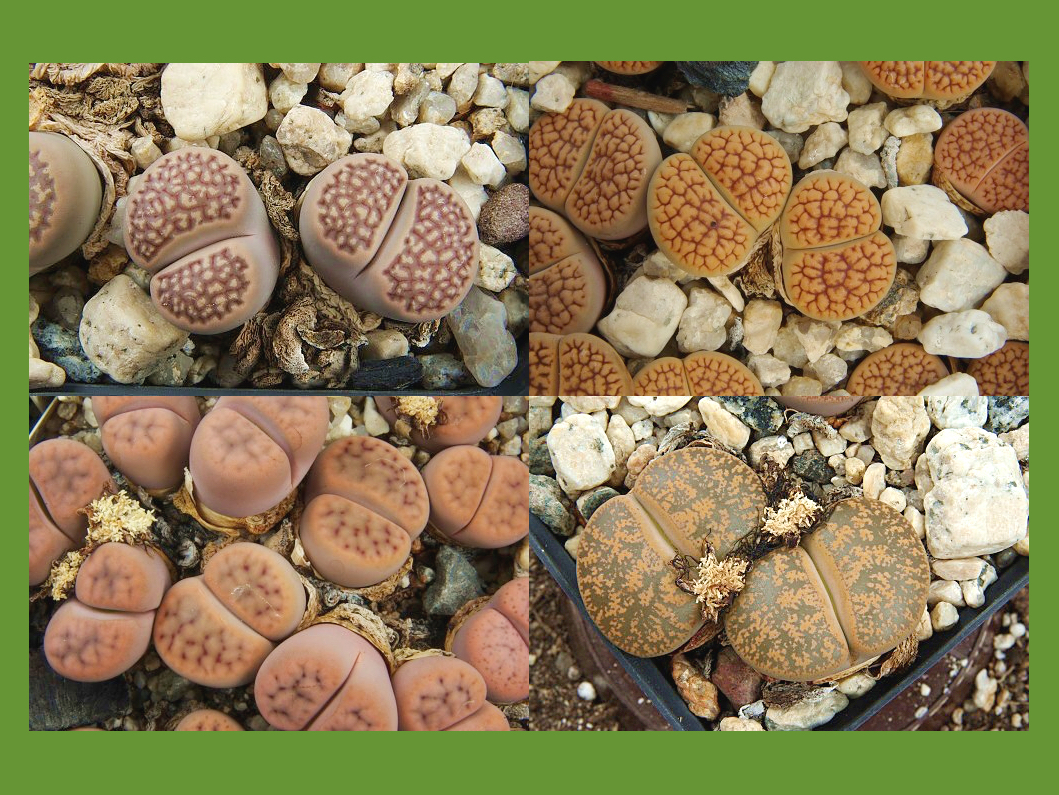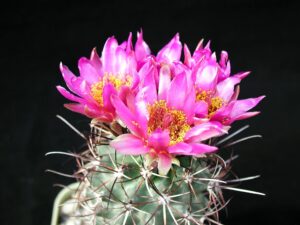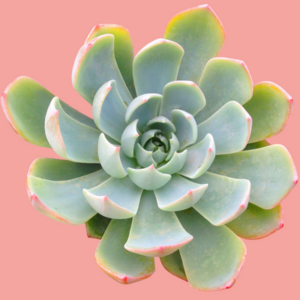Growing Lithops from seed is a fascinating endeavor that invites enthusiasts into the intriguing world of succulent care. Often referred to as “living stones,” Lithops are perennial plants native to southern Africa, known for their unique appearance that mimics the surrounding stones of their habitats. Delving into the process of cultivating these charming succulents from seeds can not only cultivate patience but also enhance your understanding of plant biology and gardening techniques. Herein lies a guide to successfully growing Lithops from seeds, transforming your gardening experience dramatically.
Understanding Lithops: The Living Stones
Before embarking on your journey of growing Lithops from seeds, it is crucial to appreciate what makes these plants so special. Lithops belong to the Aizoaceae family and thrive in arid desert environments. Their thick, fleshy leaves are embedded in the soil, minimizing moisture loss and allowing them to survive in extreme conditions. The plants bloom beautifully, producing flowers that mirror the colors of the arid ecosystems they inhabit. These unique adaptations render Lithops particularly resilient, yet they remain sensitive to cultivation practices, making it imperative to understand their requirements thoroughly.
Seed Acquisition: Finding the Right Seeds
The first step in growing Lithops is procuring high-quality seeds. Reputable nurseries and online retailers specialize in cactus and succulent seeds, offering various Lithops species. When researching potential suppliers, look for seeds that are freshly harvested, as viability diminishes over time. An extensive selection can heighten your anticipation for the cultivation process. Furthermore, familiarize yourself with different Lithops species to select varieties that suit your aesthetic or environmental preferences.
Essential Requirements: Creating an Optimal Environment
Successfully germinating Lithops seeds hinges upon an environment that emulates their natural habitat. Start with a well-draining soil mix, ideally designed for cacti or succulents. You can create your own mix using a combination of potting soil, pumice, and coarse sand. This mixture provides the drainage needed to prevent root rot while still retaining the moisture essential for germinating seeds.
The next critical aspect of the growing environment is light. Lithops thrive in bright, indirect sunlight. While they require ample light, too much direct sun can scorch young seedlings. A south-facing window with sheer curtains or a grow light positioned a few feet above the plants can provide the ideal amount of illumination.
Temperature also plays a vital role in seed germination. Lithops seeds prefer warm temperatures, ideally around 70°F to 80°F (21°C to 27°C). Maintaining adequate humidity is equally important. While openness to the dry air is generally favorable, during the germination phase, humidity helps soften the seed coat and promotes sprouting. A simple solution is to cover your seed trays with plastic wrap or a dome, allowing for a greenhouse-like effect.
Germination Process: Patience is Virtue
Once your environment is primed, you can proceed to plant the seeds. Scatter Lithops seeds evenly across the surface of your prepared soil mix. Rather than burying the seeds, press them lightly into the soil; they require light exposure for germination. Mist the surface gently to moisten the soil without displacing the seeds, and then cover the tray to retain humidity.
During the germination phase, monitor conditions diligently. In the optimal environment, Lithops seeds typically germinate within 7 to 14 days. However, this time frame can extend, requiring patience and vigilance. After emergence, remove the cover gradually to acclimate the seedlings to lower humidity levels. This gradual process minimizes transplant shock and prepares them for permanent growth conditions.
Seedling Care: Nurtured Growth
As your Lithops seedlings develop, they require careful attention. Water them sparingly. Allow the soil to dry out completely between watering sessions, mimicking their natural drought conditions. Overwatering is the leading cause of plant failure during this stage. A successful technique is to use a small spray bottle to mist the soil lightly, ensuring moisture without oversaturating.
As the seedlings mature, they will demand increased light exposure and slightly more energy. Introduce them softly to direct sunlight, ensuring you have a balance between adequate light and protection against excessive heat. When they develop true leaves, consider incorporating a diluted liquid fertilizer specifically designed for cacti or succulents, applying it sparingly.
Transplantation: A New Phase of Growth
Once your Lithops plants mature and are sturdy enough to defend against environmental stressors, it’s time for transplantation. Carefully extract the seedlings from their original containers, taking care not to damage the delicate roots. Transfer them into individual pots with a well-draining soil mix, allowing each plant to thrive separately.
Through this transition, maintain consistent care. Initially, keep the newly potted Lithops in a shaded location to lessen stress. Over the subsequent weeks, gradually reintroduce them to more light. This progression fosters healthier development and sets the stage for beautiful flowering in the seasons to come.
In Conclusion: A Floral Triumph Awaits
Growing Lithops from seeds is not merely an exercise in horticulture; it is an immersive experience engaging with nature’s wonders. From the initial seed planting to the eventual joy of nurturing these unique succulents, the rewards are manifold. Fostering patience and diligence throughout the journey transforms not only your garden but also your perspective on plant growth. With the right knowledge and care, the journey to cultivate Lithops can lead to an exquisite and fulfilling floral triumph.





Leave a Comment